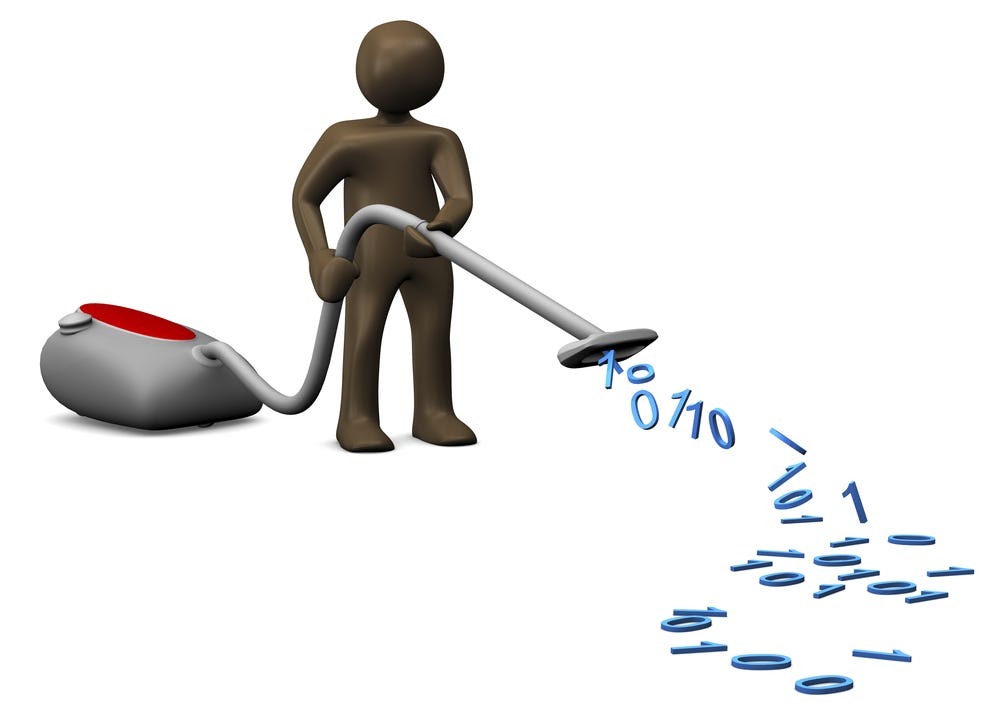5 Steps to Clean Up Your Product Data This Quarter

Strong 8k brings an ultra-HD IPTV experience to your living room and your pocket.
If you sell physical products, you probably know the pain of messy product data. Maybe your specs live in half a dozen spreadsheets. Or your website lists different dimensions than your distributor’s catalog. Or a customer call asking about a feature your sales team didn’t even know had changed.
Bad product data costs you money, time, and trust. Inconsistent specs lead to wrong orders, returns, and bad reviews. Marketing launches get delayed because people can’t find the right images or details. And your teams waste hours chasing files and fixing mistakes that shouldn’t happen in the first place.
Fortunately, you don’t need a giant overhaul that drags on for months. Here’s how to clean up your product data this quarter.
Step 1: Take Inventory
Start by figuring out where your product information actually lives. It might sound basic, but most teams underestimate just how scattered their data is.
Do a quick audit:
Where do your specs, images, pricing, and descriptions live?
How many versions are floating around?
Who updates each file, and when?
Focus on your top-selling or most complex SKUs first. There’s no need to tackle your entire catalog all at once. By zeroing in on the products that matter most to your revenue, you’ll see the biggest payoff for your cleanup effort.
Step 2: Define What ‘Clean’ Means for You
Now that you know what you have, decide what you actually want. Clean data is consistent, complete, and trustworthy.
Start with the basics:
Which fields need to be accurate every time? (Specs, dimensions, weights, images, certifications, pricing.)
Who owns each piece of information? Who approves changes?
What happens to outdated versions, and who decides when they get archived?
Defining this up front helps you avoid slipping back into old habits later.
Step 3: Pick One Source of Truth
One of the primary reasons product data becomes messy is that it is stored in multiple locations. Marketing might update a feature sheet. Sales might tweak specs in a presentation. A supplier might receive a BOM via email. Before you know it, you’ve got five different versions of “the truth.”
To fix this, you need a single source of truth where the official, approved product data lives. A shared drive or spreadsheet is better than nothing, but it won’t scale. That’s where product information management (PIM) comes in. A good PIM software stores your specs, images, pricing, and product descriptions in one central hub, so everyone works off the same, up-to-date details.
Step 4: Automate Updates & Sharing
Manually updating product details for every channel or partner is a nightmare, and a recipe for mistakes. If you sell through your website, Amazon, distributors, or retail partners, you need those specs to match everywhere.
A modern PIM stores data and distributes it. When you update a detail in your source of truth, the update automatically flows to every connected channel. That means your customers always see accurate specs, your partners stay in the loop, and you spend less time uploading files and chasing corrections.
Automation is a big part of why investing in real product information management software pays off. It saves you hours each week and slashes costly errors.
Step 5: Train Your Teams & Stick to It
No system works if people ignore it. Once you have your product data clean and centralized, make sure your teams know how to keep it that way.
Show everyone including marketing, sales, operations, and even your suppliers, where to find product data, how to make updates, and what the approval process looks like. This helps prevent version confusion and stops people from falling back on old habits like emailing spreadsheets around.
Choose the Right Tools to Make It Stick
Cleaning up your product data shouldn’t feel like an endless uphill battle. The right tools make it possible to stay organized as you grow.
Look for product information management software that’s built to be your single source of truth and connects easily with your other systems, like your PLM, ERP, or e-commerce platform. The right solution should give you:
One hub for specs, images, pricing, and certifications
Automated updates across every sales channel and partner
Clear approval workflows and version history
Real-time visibility so everyone works from the same data
When you have a modern product information management system in place, your teams spend less time fixing mistakes and more time building great products, launching on time, and keeping customers happy.
Note: IndiBlogHub features both user-submitted and editorial content. We do not verify third-party contributions. Read our Disclaimer and Privacy Policyfor details.





